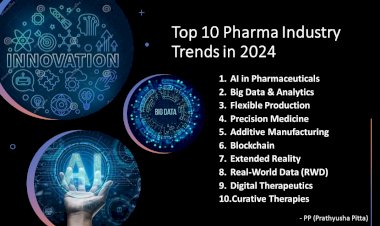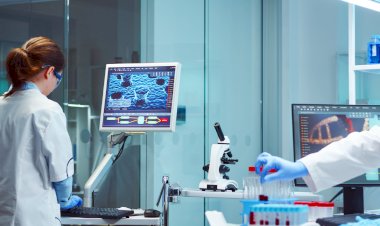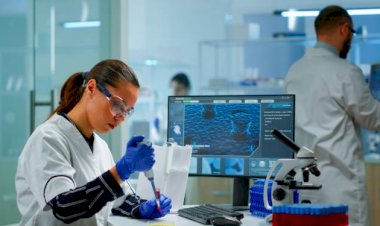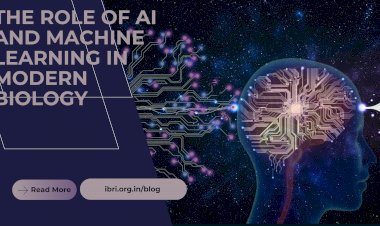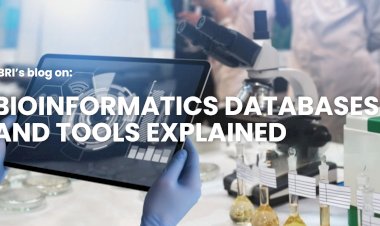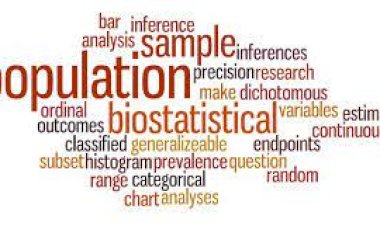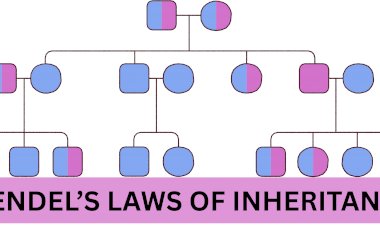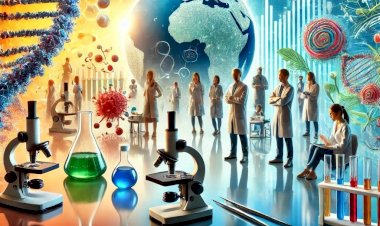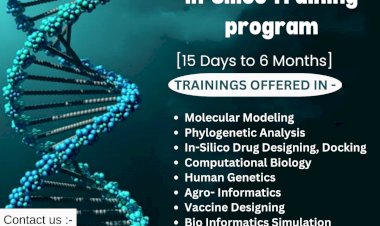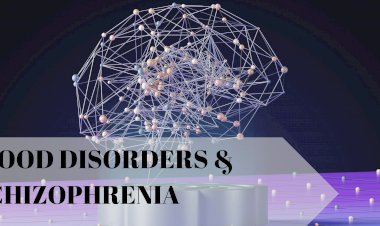PROTEIN PURIFICATION BY HPLC: A HIGH-PRECISION TECHNIQUE IN BIOCHEMISTRY
Protein purification by High-Performance Liquid Chromatography (HPLC) is a vital technique in biochemistry and pharmaceutical research, offering high precision, resolution, and scalability for isolating specific proteins from complex mixtures. HPLC separates proteins based on various properties such as hydrophobicity, charge, size, or specific binding affinity, using modes like Reverse Phase, Ion Exchange, Size Exclusion, and Affinity HPLC. The process involves steps including sample preparation, column equilibration, sample injection, gradient elution, detection, collection, and analysis. Key equipment includes pumps, injectors, columns, detectors, and data systems. HPLC is valued for its efficiency, automation capability, and ability to deliver high-purity protein fractions rapidly, making it ideal for applications in recombinant protein purification, vaccine development, enzyme isolation, and therapeutic protein production. As HPLC technology advances, it continues to play a crucial role in proteomics, diagnostics, and personalized medicine.

Protein purification is a critical step in biochemical and pharmaceutical research, enabling scientists to isolate a specific protein from a complex mixture for further study or application. Among the many techniques available, High-Performance Liquid Chromatography (HPLC) has become a gold standard for its precision, efficiency, and scalability.
What is HPLC?
HPLC is an advanced chromatographic technique used to separate, identify, and quantify components in a mixture. It operates by passing a liquid sample through a column packed with a solid adsorbent material, under high pressure. The different components in the sample interact differently with the stationary phase, resulting in their separation as they flow through the column.
Why Use HPLC for Protein Purification?
Proteins vary widely in size, charge, hydrophobicity, and affinity. HPLC allows fine-tuned control of separation based on these properties, offering:
- High resolution and purity
- Rapid processing times
- Automated workflows
- Quantitative output
This makes HPLC ideal for both analytical and preparative protein purification, particularly in research, diagnostics, and pharmaceutical development.
Protocol: Protein Purification Using HPLC
Materials Required:
- Crude protein sample (cell lysate or supernatant)
- HPLC system (pump, injector, column, detector)
- Appropriate column (e.g., C18 for RP-HPLC, DEAE for IEX)
- Mobile phase solvents (depends on mode, e.g., water/acetonitrile with TFA for RP-HPLC)
- Filtration units (0.22 µm filters)
- Collection vials/tubes
- Buffer solutions
Step-by-Step Procedure:
1. Sample Preparation
- Centrifuge the crude protein extract to remove cell debris.
- Filter the supernatant using a 0.22 µm syringe filter to avoid clogging the column.
- Adjust pH and ionic strength if required (especially for IEX HPLC).
2. Column Equilibration
- Connect the chosen column to the HPLC system.
- Flush the column with equilibration buffer (e.g., Buffer A for gradient systems) at a low flow rate to stabilize pressure and baseline.
3. Sample Injection
- Load the protein sample using a manual injector or auto-sampler.
- Typical injection volumes: 10–100 µL for analytical, up to several mL for preparative runs.
4. Gradient Elution
- Run a gradient using mobile phase A (e.g., aqueous buffer) and mobile phase B (e.g., organic solvent or salt gradient).
- Adjust gradient slope and time based on the protein's elution profile.
- Monitor the elution using a UV detector (commonly at 214 or 280 nm for proteins).
5. Protein Detection & Collection
- Collect fractions where peaks are detected on the chromatogram.
- Store fractions on ice or at 4°C to preserve protein integrity.
6. Post-run Column Cleaning
- Flush the column with high-strength mobile phase (e.g., 100% acetonitrile or high salt buffer) to remove residual proteins.
- Store column in recommended storage buffer.
7. Fraction Analysis
- Analyze collected fractions by SDS-PAGE, Bradford assay, or Western blot to confirm protein identity and purity.
Types of HPLC in Protein Purification
There are several HPLC modes tailored to different protein characteristics:
1. Reverse Phase HPLC (RP-HPLC)
- Separates proteins based on hydrophobicity.
- Uses a non-polar stationary phase and a polar mobile phase.
- Requires careful control of temperature and solvent gradient.
- Often used for peptide mapping and purity analysis
2. Ion Exchange HPLC (IEX-HPLC)
- Separates proteins based on charge.
- Includes anion exchange (for negatively charged proteins) and cation exchange (for positively charged proteins)
- Best for proteins with small charge differences
3. Size Exclusion HPLC (SEC-HPLC or Gel Filtration)
- Separates based on molecular size.
- Larger proteins elute first, smaller ones later.
- Gentle on protein structure—suitable for analyzing protein aggregates or complexes.
4. Affinity HPLC
- Based on specific binding interactions (e.g., antigen-antibody, His-tag to Ni-column)
- Highly selective—ideal for purifying recombinant proteins.
Key Components in HPLC Setup
- Pump: Drives the mobile phase through the system at high pressure
- Injector: Introduces the protein sample into the mobile phase
- Column: Core component where the actual separation occurs
- Detector: Measures the eluted components (commonly UV absorbance at 280 nm for proteins)
- Data system: Analyzes and records the chromatogram for interpretation.
Best Practices for Protein Purification by HPLC
- Optimize sample preparation – remove particulates to avoid column clogging.
- Choose the right column chemistry based on your protein’s properties.
- Gradually adjust gradients to improve resolution.
- Maintain consistent temperature and pH.
- Regularly calibrate and maintain equipment.
Applications
- Recombinant protein purification
- Vaccine development
- Enzyme isolation
- Biomarker research
- Therapeutic protein production
Building Core Skills in Molecular Biology
Alongside its advanced genomics courses, IBRI Noida offers comprehensive hands-on training in Molecular Biology, designed to equip students with practical skills essential for research and industry. The training covers a wide range of core techniques such as DNA/RNA extraction, PCR, electrophoresis, cloning, and protein expression. As part of this practical exposure, students are introduced to high-precision methods like Protein Purification by HPLC, highlighting its role in isolating and analyzing proteins in biochemical and pharmaceutical research. This integrated approach helps participants build a strong foundation in molecular biology with insights into real-world applications of advanced instrumentation.
Final Thoughts
Protein purification by HPLC combines speed, specificity, and scalability, making it an indispensable technique in modern biosciences. Whether you're isolating a protein for structural analysis or manufacturing a biologic drug, HPLC offers the precision and control you need.
As technology advances, newer hybrid systems and detectors are making protein HPLC even more powerful paving the way for breakthroughs in personalized medicine, proteomics, and biotechnology.









